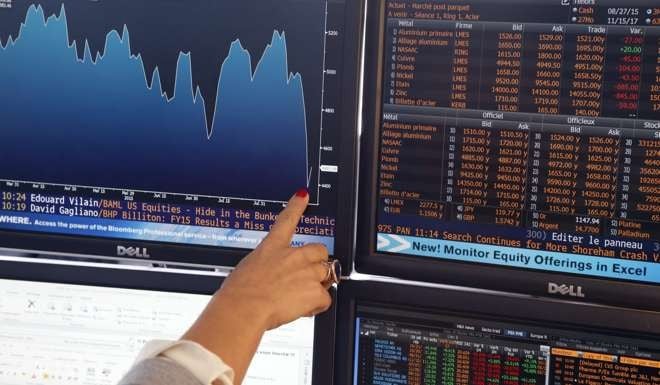
Hedge funds embrace machine learning, but humans are still in charge
Man AHL chairman Tim Wong backs machine learning techniques, but says there’s still a role for humans
Machine learning has become the topic de jour for hedge funds, but while Tim Wong, chairman of Man AHL and Man Group Asia, says they have had some success using such techniques, he doesn’t expect to put his feet up and leave all the decision making to machines just yet. What’s more, he warns that there are dangers that come from leaving humans totally out of the picture.
The term machine learning is a broad one, but generally refers to a range of algorithms that can identify repeatable patterns and relationships within data, and which, more importantly, can do so without having to be told explicitly what kind of patterns and relationships to look for. Once they have been “taught” what is the right kind of answer, they are able to find the best way of getting there themselves.
When it comes to hedge funds, the idea is that with a vast quantity of historic data available, algorithms are better able than humans to find patterns of behaviour in markets that offer investing opportunities. Already, human are becoming aware of their cognitive limitations. Fifty-eight per cent of respondents to a recent KPMG survey of hedge fund professionals said that they believed artificial intelligence machine learning would either have a medium or high impact on the way funds are managed in the future.
“While the term ‘machine learning’ is fairly new, the ideas behind it go back many years, and I remember using some of the techniques when I was an undergraduate,” Wong said.
“What has changed is that the available computing power is far greater now than it was, while thanks to the internet there is also far more available data.”

In financial markets things are rather more complicated.
“In markets it is not always clear what the best strategy is, and because the markets are changing all the time, the precise definition of any scenario is not particularly clear either,” Wong said.
“This is not to say that we can’t use machine learning though. In fact, since 2014, we’ve been using it to look at simple patterns, and while it’s fairly early days it has been materially successful. We also use machine learning to scan for news and information that it can pass on to people, who can then use their time more effectively.”
When it comes to investing, the markets have the greatest amount of data available that is best suited to machine learning alogorithmic trading. It is also these markets that offer the greatest potential difference between the number of patterns an algorithm can spot, and those that a human can.
“A very simple way of looking at it is that in order to teach a computer you need a mass amount of data,” said Wong.
“If you’re trying to cover a business cycle which happens once every five years, then you don’t have many five year cycles to look at, but if you look at tick by tick data, then there’s lots of it. Nowadays we’re creating more data than we ever had before, and so I can see that processing this high frequency data could potentially yield good results.”
A very simple way of looking at it is that in order to teach a computer you need a mass amount of data
That being said, there are also risks that have to be managed.
“One of the challenges of machine learning techniques is that it can be quite difficult to know exactly what the model is doing,” Wong said.
“You’re asking a machine to decipher a really complex pattern, which it does, and if you spend hours going through all the steps you can get to that answer too, but in those hours the machine has moved on and is doing something different.”
This is after all the whole point – the machine does things that humans cannot, or does them far faster, but if humans can’t keep up, there can be a problem.
“I think that by and large history has been a pretty good guide as to what will happen [in markets], but one of these days something will come along that the machine hasn’t learnt before. If it’s not in the data, then the machine won’t be able to spot it, whereas a human might,” Wong said.
There has been no shortage of unexpected events in recent years. What’s more, the so-called paradox of automation points out that the more a human delegates routine tasks to a machine, the less effective they will be when the machine can’t cope and they are required to step in.
For that reason, Wong said risk assessment remains a very important part of what they do.
“As a team we meet a few times a week, and our risk people meet every day to discuss different scenarios and what we would do if they happened, but we have to be aware that unexpected things will happen,” he said.
“I’m not sure how much more we need to learn before we can sit back, let the machine take over and all go to the beach. But while that may happen one day, I can’t see it happening before I retire.”

